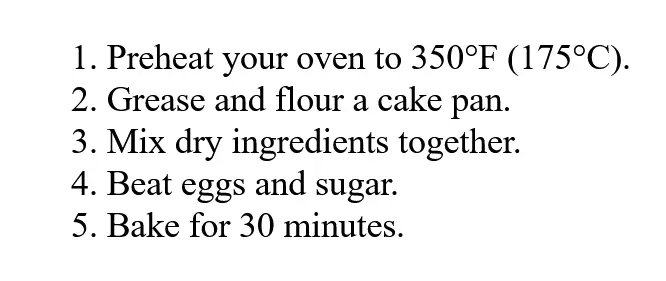
Introduction to HTML Lists: Organize Your Content Like a Pro!
Dive into the Versatility of Unordered, Ordered, and Description Lists
Introduction
Welcome to the wonderful world of HTML lists! Whether you're new to coding or looking to brush up on your skills, understanding the power of lists in HTML is essential. Lists are the unsung heroes of web design, helping to organize content in a readable and accessible way. Plus, they're great for giving your site structure, making maintenance easier, and letting you flex your CSS muscles! 🏋️♂️
As Dumbledore from Harry Potter might say, “Help will always be given at Hogwarts to those who ask for it.” Think of HTML lists as your own magical helpers, ready to sort your content in an orderly fashion whenever you ask!
Unordered Lists: Your Go-To for No Particular Order 📝
Think of unordered lists as your casual, laid-back friends who don't care where they sit at the dinner table. These are perfect for when the order of items doesn't matter. A classic example is a list of things you might pack for a vacation:

Whether you pack your sunglasses or your novels first, you're ready for the sun! 🌞 Unordered lists use bullet points to organize information clearly, making them perfect for things like ingredients in a recipe or features in a new app.
Ordered Lists: Keeping Things in Line 📊
Ordered lists are the type-A personalities of the HTML world: everything has to be in a specific sequence. Just like in Star Wars when Yoda says, "Do or do not. There is no try," your steps in an ordered list must follow one another precisely for success.
Imagine you're writing a blog post on "How to Bake a Cake." The steps need to be in order for the cake to be a success:

If you beat the eggs before preheating the oven, you might end up with a less-than-perfect cake. Ordered lists help keep your content organized logically, which is crucial for tutorials, DIY projects, or any process with specific steps.
Description Lists: Pairing Up Terms and Definitions 📘
Description lists are ideal for when you need to associate terms with descriptions or definitions. They're a bit like a mini dictionary or FAQ section. For instance, let's explain some common coffee drinks:

This setup is great for glossaries, recipe ingredient explanations, or any content where clarity is key.
Why Use HTML Lists? Let Me Count the Ways... 🎉
1. Flexibility: Changing the order in an ordered list is as simple as re-arranging the <li> elements.
2. Styling: With CSS, you can style your lists in unique ways, making them fit perfectly with your site's design.
3. Semantics: Using proper list markup helps with SEO and accessibility, ensuring everyone, including screen reader users, can access your content effectively.
Remember, “Help will always be given to those who ask for it”—in our case, HTML lists are ready to help structure your web content with just a few lines of code!
Lists are like the spices of web design: they may not always be the main ingredient, but they enhance everything they're part of, making your web pages tastier and more digestible. So next time you're setting up your content, remember how much impact a simple list can have!
In our next post, we'll get into the nitty-gritty of styling these lists with CSS to really make them pop! Stay tuned and happy listing! 🌐👩💻